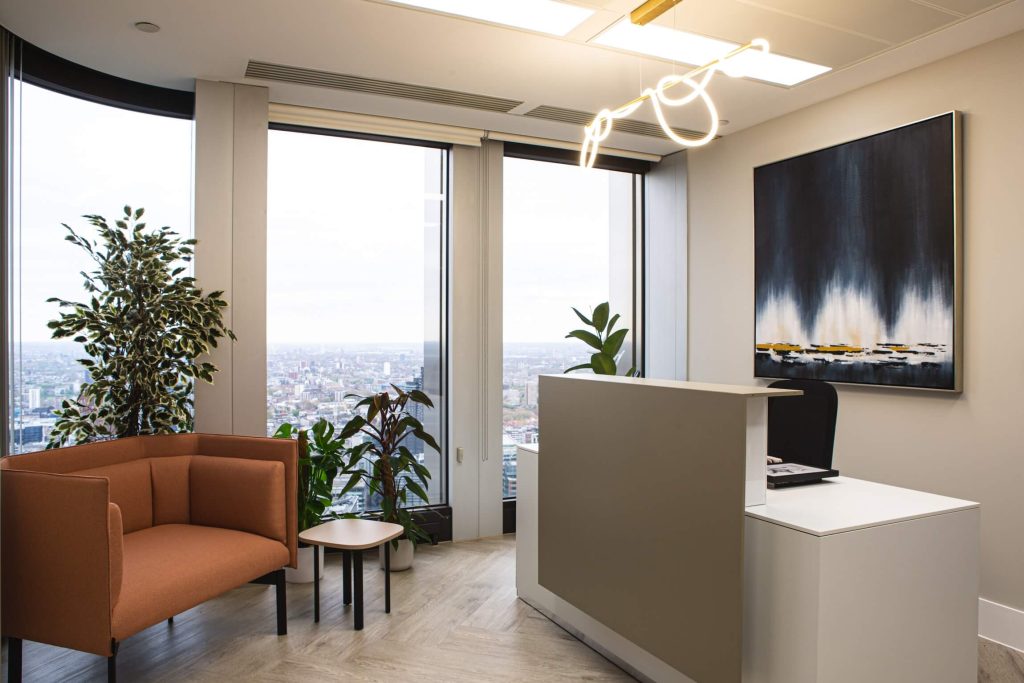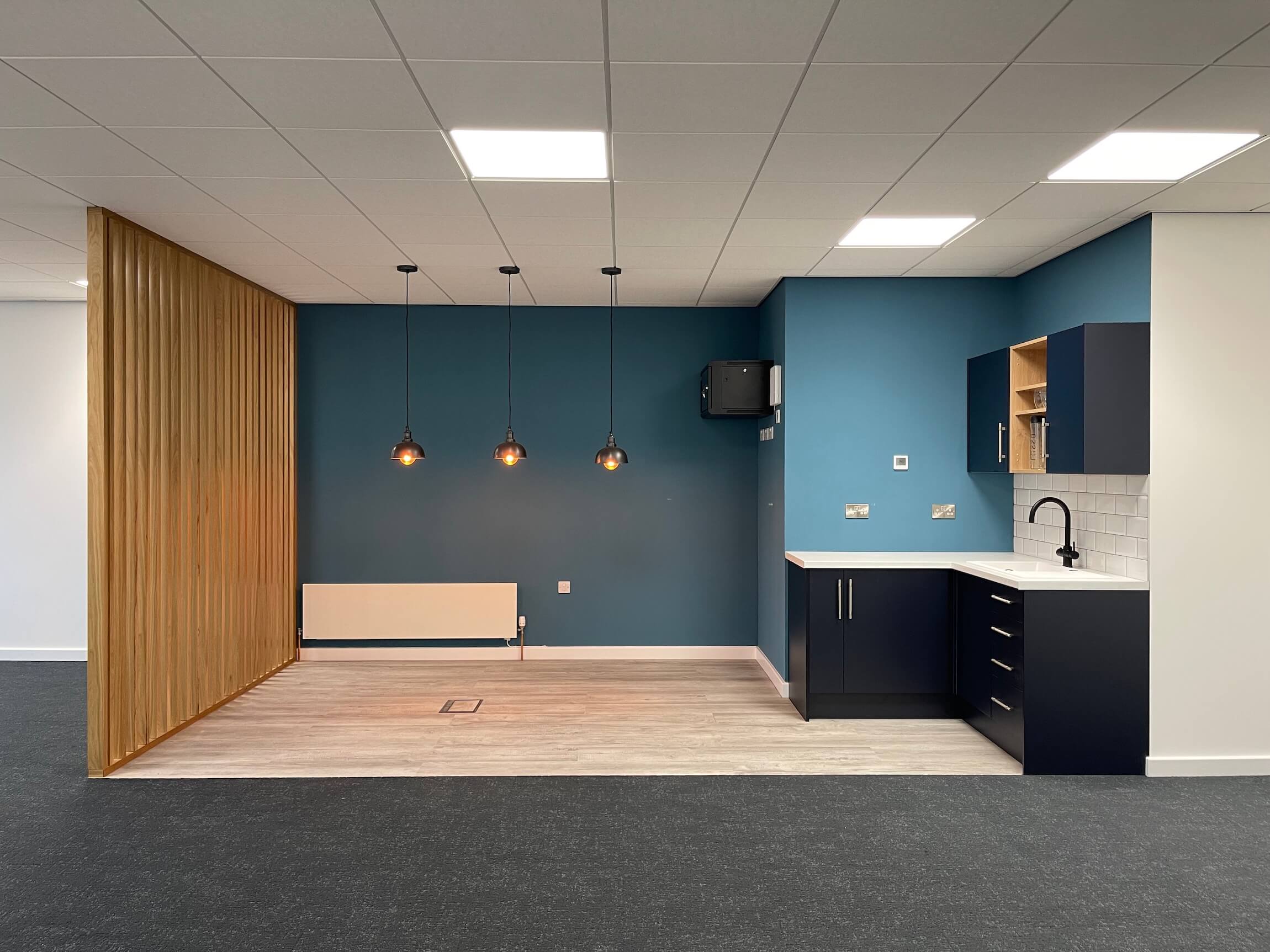Commercial office space is about bringing people together. Therefore, a successful office move rests on your leadership team creating the right plan and finding the right space for your people to perform.

If moving office is on your to-do list this year, here are some things you should consider to make the best choice for your business and your employees.
The costs of making the wrong moving decision
Renting or buying space is a big financial commitment, with minimum lease terms typically lasting 3 years, so ensuring you make the correct decision not just for today but for the mid to longer terms is paramount. Think carefully about it.
According to recent research by agents Lambert Smith Hampton in its 2024 Office Costs Survey 2024 – office rents were the most sizeable element of typical office costs totalling almost 39% of total spend across the UK.
As office space and the real estate costs are the largest figures on your business‘ bottom line, and when you start factoring in the potential negative impacts on productivity and staff morale if moving is tackled incorrectly, the stakes for moving are very high.
But don’t take this too much to heart; in this piece, we outline some of the factors to consider when you are thinking of moving to a new office space in Central London.
Where do you want your company to be in the next 3 -5 years?
As mentioned above, commercial office space is a major cost, so rather than your facilities or operations team working in silo, it is important for leaders across the business, including HR, and finance, to come together to horizon scan to understand where your business is likely to be in the next 3-5 years.
Key questions to consider
- Where does your business want to be in 3 – 5 years?
- How many staff do you have now, and how many are you looking to employ going forward?
- Will the way that you work or the services you offer change?
- Is there new technology on the horizon that changes your working practices?
What is your vision for the move?
Initially, your first thought has to be to consider your vision for the move. You should delve into what you want to achieve and what you want to get out of the move.
Are you looking for more space to accommodate recent business growth, such as at our Level 32A, 25 Old Broad Street project in the City of London, where we created a new modern office space for a rapidly growing accountancy firm? Or do you want to downsize as your employees are looking to work more flexibly due to hybrid working practices? Alternatively, it may be time for you to upgrade to a more premium quality space to reflect your brand, like our recruitment client G2V in Manchester, who wanted a fit out that divided one new office into two distinctive brands following a merger.

Key questions to consider
- Why is this move necessary?
- Why does the move have to happen now?
- What is the key driver?
How do you use your current commercial office space?
It’s all too easy to do more of the same and assume that you already have all the answers, so it is really worth undertaking qualitative and quantitative feedback on how your current office space is being used to make the best decisions.
Are there days of the week when the whole company comes together? Is there too much space on some days and not enough on others? By understanding how things work now, you will have the right data to inform your move.
Key questions to consider
- How is your current space being used (track occupancy rates, when is peak usage?)
- What balance do you need between collaborative and focus spaces for your teams?
- Which departments need adjacency or separation?
- What technology infrastructure isn’t working in your current set up? E.g. our trading firm project at Level 2, 30 Old Broad Street, City of London, had very specific M&E infrastructure and cooling requirements as they previously had issues with their computers overheating.
What to consider when choosing your new office space
Whether you choose to be in the City of London, the West End or Canary Wharf, it all boils down to location, location, location.
You should consider how your staff gets to your office. Where will they be commuting from, and how? Will they be commuting via the tube or train, or will you need to provide parking spaces? Are there particular locations your employees favour that could impact if they stay with your firm mid to long-term?
Are you planning to opt for a new build office space or something older that will be refurbished and transformed into a modern, bright office space?
As well as assessing the building, consider who owns and manages it. Look at how they behave when you first reach out. Were they responsive and professional? Do your due diligence on their finances and how they operate their buildings. Ask for tours of the building you’re looking to move into and even other buildings they run, and make sure you reach out to tenants directly to find out their first-hand experiences.
Key questions to consider
- How old is the building?
- What facilities and amenities do they offer in the building?
- Who is managing the building?
The costs and legalities of moving
When it comes to costs, there are the rent basics, service charges and business rates, as well as the costs of moving and fitting out a new space. It’s important to make sure you factor in hidden operational costs such as utilities and maintenance. When you look at the contract, make sure you fully review it, not just the length, but you must consider the break clauses, and any penalties associated with them.
When it comes to moving office, there are a lot of factors to consider, so working with an experienced contractor such as Turnea can really make a major difference. Please get in touch to schedule a call.
